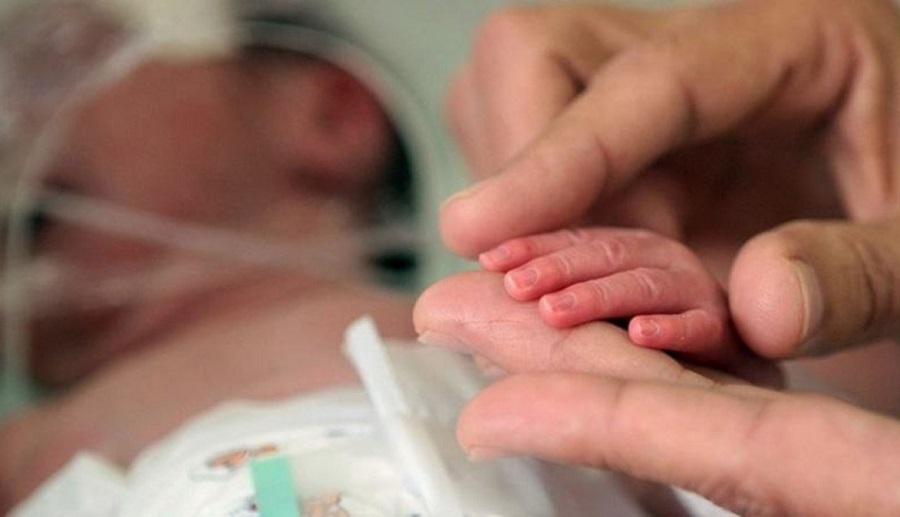RIO DE JANEIRO, BRAZIL – In 2019, Brazil reported 13.3 deaths per 1,000 live births, a slight increase compared to 2018, when the rate stood at 13.1 per 1,000 live births. The rate is the same as recorded in the preceding 4 years.
In its report, the Health Ministry laments the slowdown in the reduction of infant mortality and recalls that “a decline in the mortality rate in this group was observed, with a decrease of 5.5% per year in the 1980s and 1990s, and 4.4% per year since 2000.”

Data from the Mortality Information System (SIM), part of the Ministry of Health, report that 23,262 of the 35,293 deaths of infants under the age of 1 in 2019 could have been lowered through immunization, care for women during pregnancy, childbirth, and for newborns, as well as through diagnosis, adequate treatment, and health promotion.
The main causes of infant deaths in the last year of record were sepsis – a generalized bacterial infection -, maternal issues, respiratory distress, pregnancy complications, and premature birth.
The United Nations (UN) Sustainable Development Goals (SDGs) for the Millennium indicates that the global target for reducing neonatal mortality is 12 per 1,000 live births. In Latin America, Argentina reports 8.2 deaths per 1,000 live births; Uruguay has 6.1 per 1,000; and Cuba 3.8 per 1,000.

